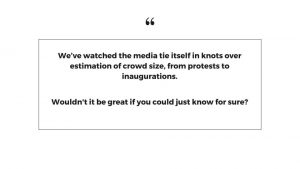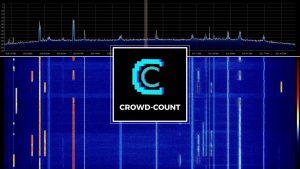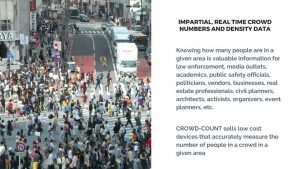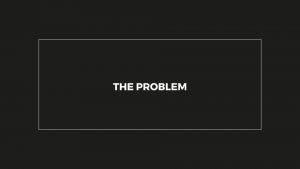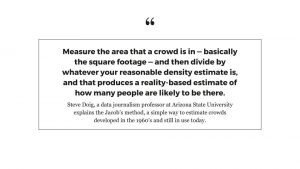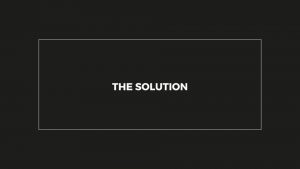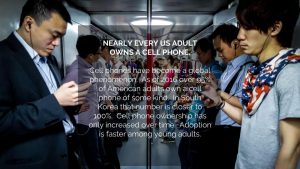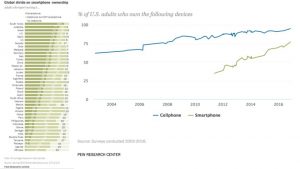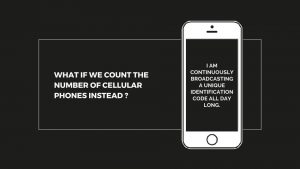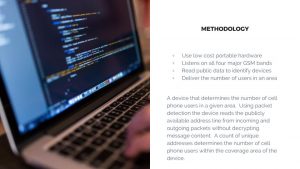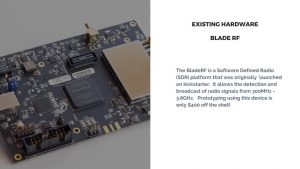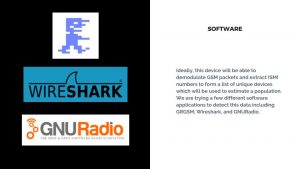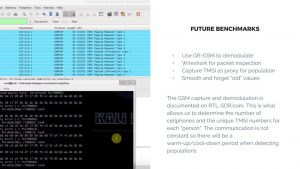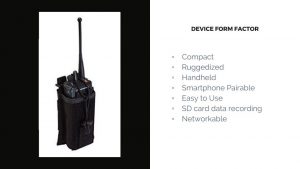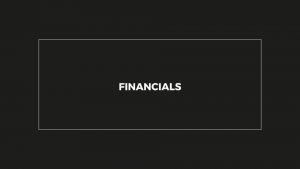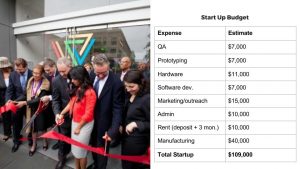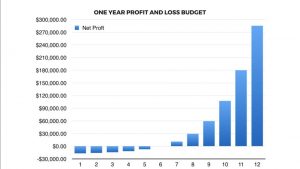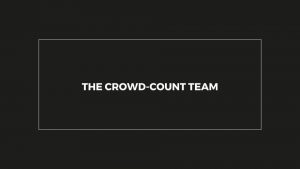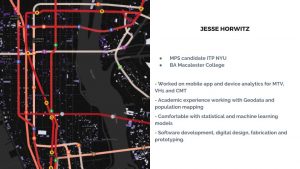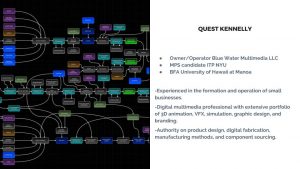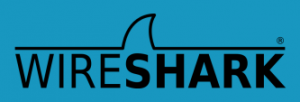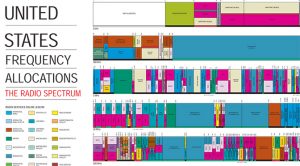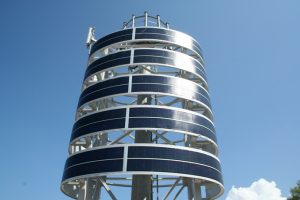Instructor: Edwin Reed-Sanchez
Final Project Presentation:
Week 5:
(Almost) Everything you need to know about starting a business.
Do you really want to start a company? Because it’s a pain in the ass. What are your goals?
Types: LLC, B-Corp (new), C-Corp, Non-Proft, etc. incorporate.com is a good place to check out.
Start with a problem, figure out a solution. Starting with a solution often creates more problems. A solution in search of a problem is a bad idea.
It is important to know your customers and to profile them. Map the pain points.
Budgeting is important. Profit and loss statements are a yearly requirement. Liveplan.com for budgets. Grants.gov
Valuation: what is your company worth? Find a similar business and see what they sold for. EBITA (profits) yearly multiplied by a certain number depending on their sector or industry.
Jesse and I are planning to develop a people counting method based on GSM signals. Ideally, this device will be able to demodulate GSM packets and extract ISMI numbers to form a list of unique devices which will be used to estimate a population. We see this as having a variety of useful applications from analyzing traffic flow to creating a grassroots means of counting crowds and events. In addition, this device could also be used to gauge demand for GSM services in underserved locations. At this point we’ve tried to go through the tutorial available on RTL-SDR.com to demodulate GSM packets on our computers however, there seem to be some installation issues that may require help in office hours. We’ve been trying to learn all we can about the available data without having access to it.
Currently, we are trying to use Wireshark to detect these identifiers.
Week 4:
Based on frequency, the recording I made in Kew Gardens last night was most likely a handheld radio transceiver.
Week 3:
Find a problem that you can solve using radio or GSM technology.
Solar powered cell phone infrastructure being tested by Ericsson and Italia Telecom.
Video Chat with Kurtis Heimerl of Endaga.
Village Base Stations. Projects for all in one community Cell Phone Systems. Utilizing local infrastructure and local knowledge. Using trees as a tower. In some countries, there is no available spectrum for sale or licensing. Cloud-based gateway for small community cellular phone startups.
BladeRF, software-based radio broadcaster/receiver.
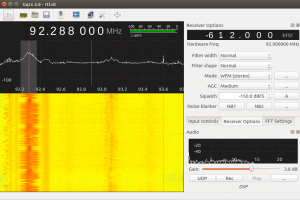
Maxwell theorized EMR, Hertz created an experiment that confirmed the existence of EMR. Marconi used these principles to develop radio. Hedy Lamar invented frequency hopping.
Connecting to the Base System Controller is done through a Cloud Server (Digital Ocean) as a bridge from a remote computer to the BSC. Puppet is used to update several BSCs all at once. Available on rhizomatica github.
For the installation of cell tower infrastructure, lightning protection is important. Climbing harnesses, helmets, and other protection is important. Waterproofing is extremely important. Every electrical connection must be completely waterproofed. Rusting is a persistent problem. Zip ties, screws, rope, etc.
Installations have to be tested to make sure there is no dead zones or interference from other installations.
Weather can impact the signal strength and coverage. Heavy rain, for example, can dampen the signal strength and range.
FPGA Programmable microchips to create different carrier waves.
Homework:
- Start thinking about your final project – Research a community that needs communications technology or think about an innovative application of the GSM spectrum and how it can be used in rural development work. Write a blog post about it: Dadaab is the largest refugee town in the world. Located in Garissa County, Kenya, it is filled with refugees from Somalia, some of whom have been living there for over 24 years. Recently, efforts have begun on the part of the Kenyan parliament to close the camp and repatriate the refugees, many of whom do not feel that it is safe to return to Somalia. If refugees in Kenya had a reliable cellular connection with Somalia it would assuage the fears many of them have about returning and help families and friends, separated by the border, and the civil war, to reunite.
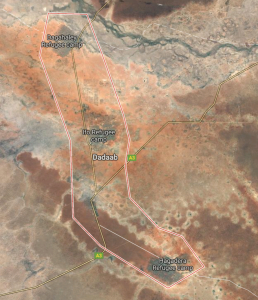
- Do one of the following assignments below (you may work in groups):
- Look at Radio spectrum and record something interesting. If you don’t know what it is, try to figure it out, better yet try to demodulate it.I found what I think is an emergency channel at 28 megahertz in the short FM. “I need medics to Forest Hills…”
- Come up with an initial idea of a community problem that could be solved using a GSM solution. Can be a local problem, or a problem in a developing region. It can be environmental or social. Write a blog post, and we will go over this in the next class.As many of us are painfully aware, the president and the congress are greatly weakening the power of federal agencies to combat pollution of the environment. As part of a larger effort by advocacy groups, the ACLU, and citizen scientists, there is a need for devices that can reliably monitor air pollution remotely, on the cheap. By combining inexpensive components like the raspberry pi zero, sensor boards, and cheap GSM cell phones, a networked web of monitoring stations could log air quality near known sources of pollution.
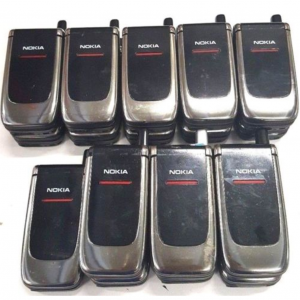
Lot of cheap cell phones.
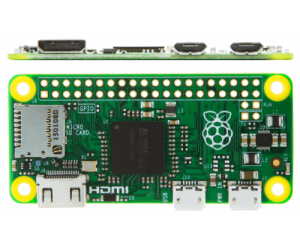
Lot of raspberry Pi Zeros
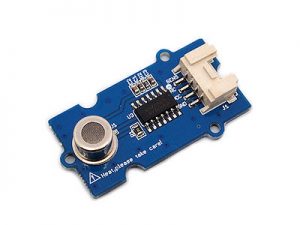
Lot of sensor boards
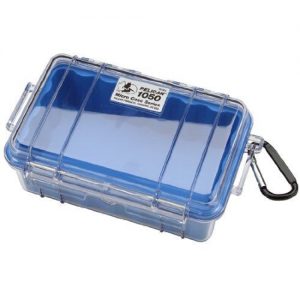
Lot of waterproof cases
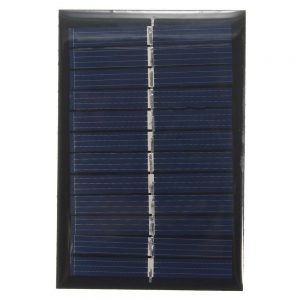
Lot of waterproof casesLot of small solar cells and batteries.Each node would be addressable, small, easy to hide, and easy to collect data from. The data would then be used to prosecute polluters in civil court for damaging the public’s health in absence of competent federal regulatory bodies.
Week 2:
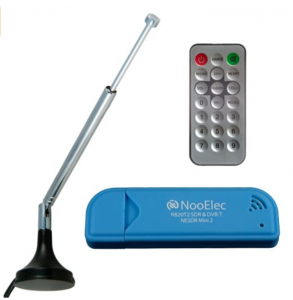
IMSI – International Mobile Subscriber Identifier: A unique number of the mobile subscriber. The REAL phone number.
IMEI – International Mobile Equipment Identity: A unique number used to identify a mobile phone device.
GSM – Global System for Mobile Communications: Originally Groupe SpécialMobile), is a standard developed by the European Telecommunications Standards Institute (ETSI) to describe the protocols for second-generation (2G) digital cellular networks used by mobile phones, first deployed in Finland in July 1991.
Phone switching used to be done by hand. Then it was done by physical switches. Now it is done by software.
Authentication Center (AUC): 128 bit authentication process sent once when you turn on the phone and it registers with the network.
VLR – Visitor Location Register: Used for roaming across networks.
EIR – Equipment Identification Register: Database of devices.
Cell Network. Each node of the network is a cell which has a limited frequency bandwidth and range. You cannot cover an entire city with one antenna and one frequency. By dividing a geographical location into cells you can cover large areas for many users.
Cell sizes are much smaller in dense cities, where more people are trying to get a signal. Rural areas get by with a lower number of cells that cover larger areas.
BTS – Base Transceiver Station: The actual antenna for the cellular signal.
SDR: Software Defined Radio: Radio hardware emulated by software on a personal computer.
Open Source Cellular: Several different standards and hardware packages.
OpenBSC: Open software version of the system that encodes voice into data for transmission over cellular phone networks.
Linux Call Router: Makes it possible to connect telephones to a Linux box.
The Session Initiation Protocol (SIP): a communications protocol for signaling and controlling multimedia communication sessions such as voice and video calls. The most common applications of SIP are in Internet telephony, as well as instant messaging, over Internet Protocol (IP) networks.
The base station subsystem (BSS) is the section of a traditional cellular telephone network which is responsible for handling traffic and signaling between a mobile phone and the network switching subsystem. The BSS carries out transcoding of speech channels, allocation of radio channels to mobile phones, paging, transmission and reception over the air interface and many other tasks related to the radio network.
IP addresses are public and private. Public IP addresses allow computers to talk to each other over the internet. Private IPs are for smaller home or office networks. A VPN or virtual private network allows a private network connection between geographically separated machines as if they are in a small private network.
Homework:
- OpenVPN Assignment
Write a blog post about your experience: Connecting to the VPN server was a bit tricky, after a few tries, and with some help from another student in the class I was able to make it work. DONE - Read Built to Last by Jim Collins Chapters 3 & 4. Write a blog post about the reading: Visionary companies escape the tyranny of the “OR” by embracing the genius of the “AND”. For example, they do not allow choices to be reduced to a choice of one desirable trait in exclusion of another, but an opportunity to adopt both. Instead of a smartphone being either lightweight or having long battery life, a smartphone can be both lightweight and have long battery life. Perhaps most importantly, visionary companies do not let the profit motive make all the decisions for them. In many of these companies, a statement of purpose, or an ideal, or stated set of values guides decision making beyond the myopic impetus to increase short term profits. DONE
Week 1:
In this class, you learn how to create your own communications networks. We will cover the software, and hardware used today in community-based cellular networks in Mexico and Nicaragua. We will also delve into the business of international development through guest speakers working in the development or telecommunications fields.
Homework:
- Install Virtual Box/ Linux Ubuntu
- Install GQRX on Virtual Machine using the Terminal. After the last command, you can exit the process by pressing ctrl-z. Start GQRX by typing “gqrx” in the terminal.
- Order RTL-SDR.
- Find the IMSI and IMEI number for your phone/account. Write a blog post explaining how you found your IMSI/IMEI number. (Used the iTunes iPhone interface to find both. I’ve done this before several years ago when my cell phone was stolen.)
- Read Built to Last by Jim Collins Chapters 1 & 2. Write a blog post about the reading: The reading defines visionary companies mostly by their longevity, profitability, and the admiration of their peers. These institutions tend to experiment with new ideas while their competitors rest on their laurels, so to speak. Along with their great success, many of them have an almost cult-like management directives and a strong corporate identity. Furthermore, although they may face adversity, they rebound quickly from problems great and small. The builders of these companies set out to create a company, not necessarily a specific product. They build the company up to do things well, in such a way that these companies survive past the death of the founder.

